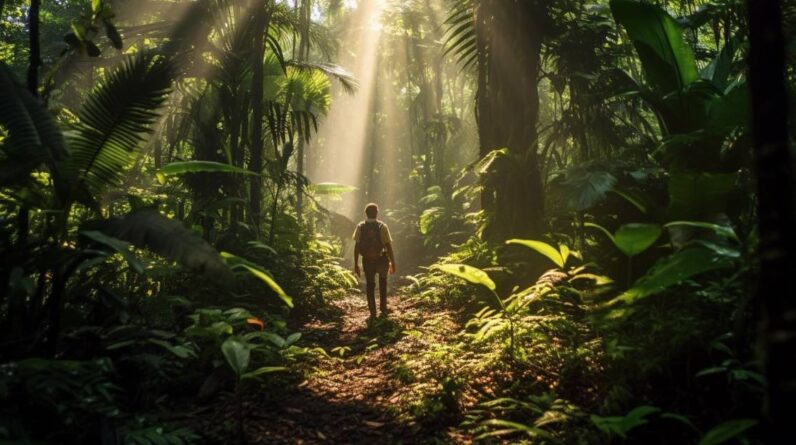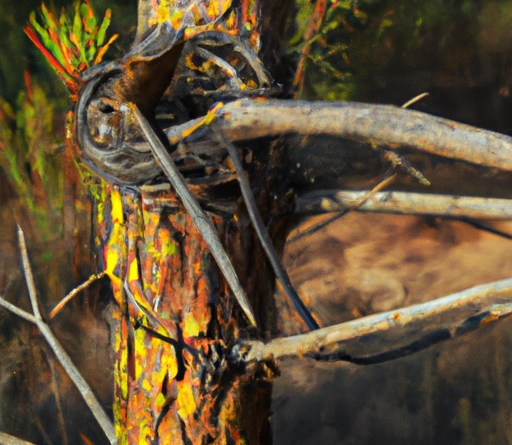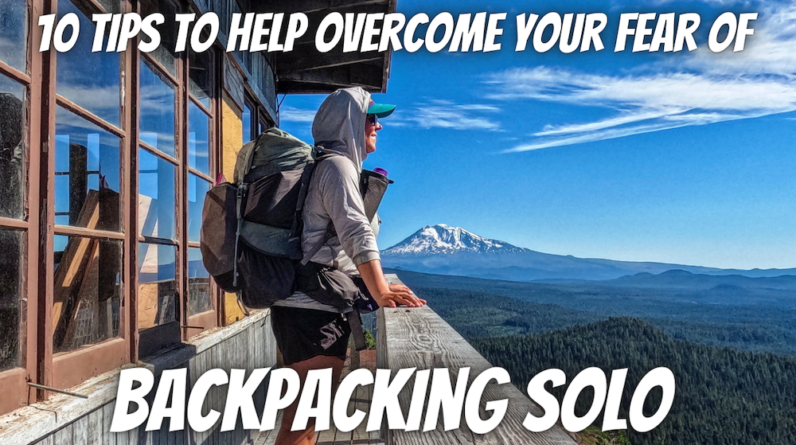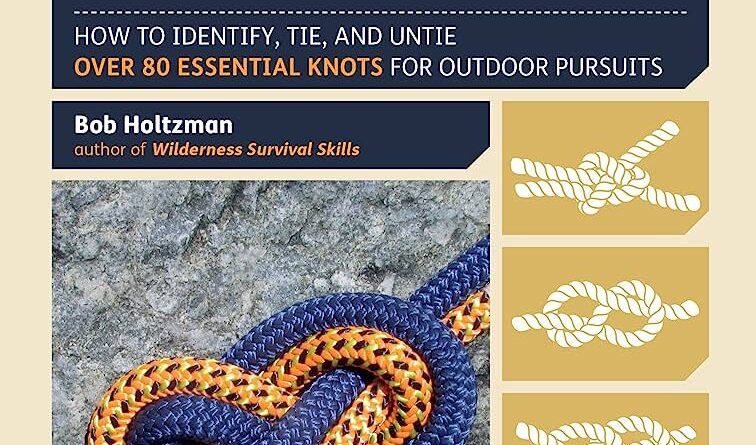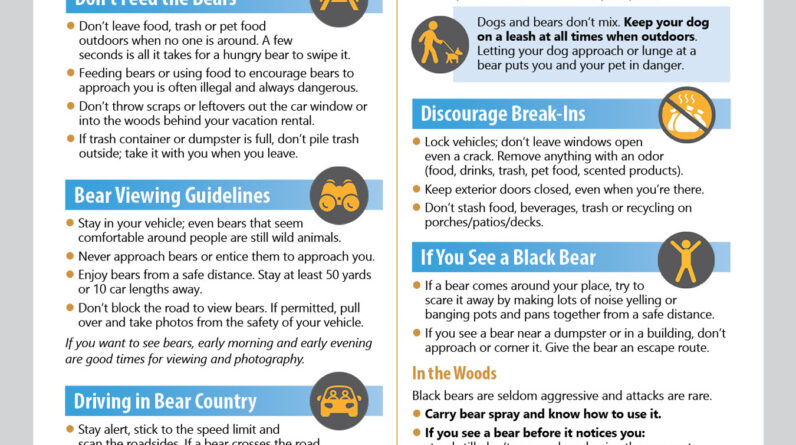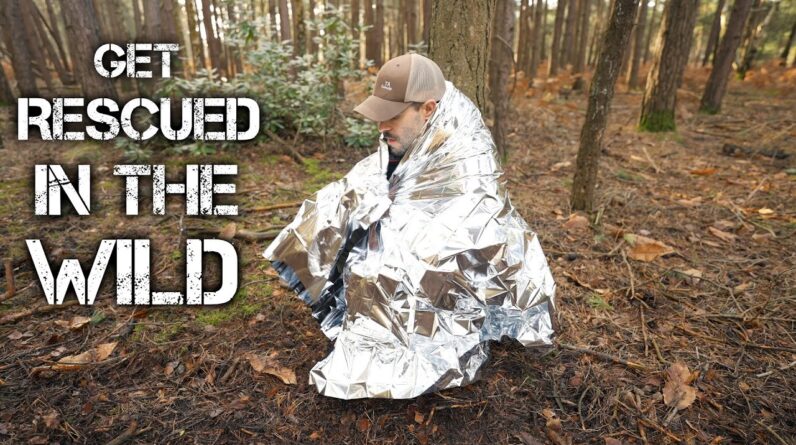
Looking to explore the wilderness? It can be an incredible experience, but when it comes to surviving in the great outdoors, things can quickly get challenging and even dangerous. That’s why having some essential wilderness survival tips up your sleeve is crucial. In this blog post, we’ve compiled over 20 top-notch tips and tricks to help you stay safe and confident during your next camping or outdoor adventure. Whether you’re an experienced survivalist or a beginner looking to hone your skills, keep reading to learn how to survive in the wilderness.
For those of us who love the outdoors, it’s important to take the necessary precautions before venturing into the wilderness. Camping, hiking, and survival can be amazing experiences, but they can also quickly turn dangerous if we are not prepared. The key is to be proactive and have a plan in place for any emergency, including the possibility of getting lost or stranded.
In this article, we will be discussing 20+ wilderness survival tips to help you signal for search and rescue if you find yourself in a survival situation. From using nature to create smoke signals, to utilizing reflective gear, such as paracord and a tarp, we’ll cover everything you need to know to help you stay safe.
1. Use Nature to Create Smoke Signals
One of the most effective ways to signal for help in a survival situation is to create a smoke signal. You can do this by building a fire and piling green foliage on top. The greenery will create thick smoke that can be seen from a distance. You can also use pine needles, grass, or any other natural materials that produce smoke. Remember to keep the fire going to create a continuous signal.
2. Use Clothing as Makeshift Buoyancy Aid
If you find yourself in the water unexpectedly, use your clothing to help keep you afloat. For example, you can take off your trousers and tie them around your neck like a life vest. Alternatively, you can stuff your shirt with natural materials, such as grass or leaves, to create a makeshift flotation device. This will help you stay above water until help arrives.
3. Use a High-Pitched Whistle or Signaling Mirror
A high-pitched whistle or signaling mirror can help you signal for help over longer distances. A whistle can be heard up to a mile away, depending on the terrain, and a signaling mirror can be seen up to 10 miles away on a clear day. Both are small and lightweight, making them easy to carry in your backpack or on your person.
4. Use Paracord and a Tarp to Stay Visible
Reflective gear, such as paracord and a tarp, can also help make you more visible to search and rescue teams. You can tie the paracord around trees or branches to create reflective markers that can be seen from a distance. You can also spread out a brightly colored tarp to make your location more visible from the air.
5. Create a Signal Fire
In addition to smoke signals, you can also create a signal fire. You can do this by building a fire and raising it off the ground with a tripod made from sticks. The elevated fire will produce more heat and smoke, making it easier to spot from a distance. You can also create a signal fire by placing green branches or leaves on the fire to create thick smoke.
6. Know the International Signal for Search and Rescue
The international signal for search and rescue is making a “Y” shape with your arms above your head and slightly out to your side. This signal is easy to remember and can be seen from a distance. If you see or hear a rescue helicopter or plane, this is the signal you should use to get their attention.
7. Use Bright Colors to Stay Visible
Bright colors can make you more visible, even a brightly colored backpack rain cover. Wearing a brightly colored shirt or jacket can also help search and rescue teams spot you from a distance. It’s important to avoid wearing camouflage or neutral colors that blend into the environment.
8. Reflective Paracord
Reflective paracord can also reflect light back when exposed to torchlight. This makes it easier for search and rescue teams to spot you in low-light conditions. Reflective paracord is inexpensive and easy to find at outdoor gear stores.
9. Use Dangling Modifiers for a Conversational Tone
When writing an article that covers practical tips and advice, it’s important to use a conversational tone that engages the reader. Dangling modifiers, such as “When lost in the wilderness,” can help you achieve this tone. They create a sense of intimacy with the reader and can help them feel more connected to the information you’re presenting.
10. Use Transitional Phrases to Keep Your Writing Flowing
Transitional phrases, such as “In addition,” “Furthermore,” and “Moreover,” can help keep your writing flowing smoothly. They indicate a logical progression from one point to the next, making it easier for the reader to follow along. Be sure not to overuse these phrases, as they can become repetitive and disrupt the flow of your writing.
11. Use Colloquialisms to Add Color and Personality
Colloquialisms, such as “slap on some sunscreen” and “a piece of cake,” can add color and personality to your writing. They give your article a sense of humor and relatability that can make it more enjoyable to read. Be careful not to use too many colloquialisms, as they can make your writing sound informal and unprofessional.
12. Use Contractions to Sound More Natural
Contractions, such as “can’t” and “won’t,” can make your writing sound more natural and conversational. They help create an informal tone that can be easier for readers to engage with. Just be sure not to overuse them, as they can become distracting if used too frequently.
13. Use Idioms to Add Color and Humor
Idioms, such as “barking up the wrong tree” and “the ball is in your court,” can add color and humor to your writing. They give your article a sense of personality and can make it more enjoyable to read. However, be sure to use idioms that are appropriate for your audience and avoid using too many at once.
14. Keep Your Sentences Clear and Concise
When conveying practical information, it’s important to keep your sentences clear and concise. Avoid using overly complicated sentence structures and aim to get your point across in as few words as possible. This will help your readers quickly understand the information you’re presenting and retain it for later use.
15. Use Numbered Lists for Easy Reading
When presenting a series of tips or advice, using a numbered list can make your writing easier to read and understand. It breaks the information down into digestible chunks, making it easier for readers to remember and apply. Be sure to use clear and concise headings for each item on your list.
16. Use Bullet Points to Break Up Long Paragraphs
Bullet points can also be used to break up long paragraphs and make your writing more visually appealing. They can be used to summarize the main points of a section or to provide additional information in a concise format. Just be sure not to overuse them, as they can become distracting if used too frequently.
17. Avoid Repetitive Phrases and Language
When writing an article that covers practical tips and advice, it’s important to avoid repetitive phrases and language. This can make your writing sound bland and uninteresting, causing readers to lose interest quickly. Instead, aim to use a variety of descriptive language and sentence structures to keep your readers engaged.
18. Use Interjections for Added Emphasis
Interjections, such as “wow” and “ouch,” can be used to add emphasis and emotion to your writing. They can be used to express surprise, excitement, or even frustration. However, be sure not to overuse them, as they can become distracting if used too frequently.
19. Use Question Marks to Encourage Reader Engagement
When presenting tips or advice, asking a question at the end of your paragraph can encourage reader engagement and help them think more critically about the information you’ve presented. For example: “Do you know any other survival tips that we haven’t covered? Share them with us in the comments below!” This can also help create a sense of community around your article.
20. Write a Strong Conclusion Paragraph
Finally, be sure to write a strong conclusion paragraph that summarizes the main points of your article and leaves readers with a sense of closure. This is your last chance to leave a lasting impression on your readers, so be sure to make it count. You can also use this space to encourage reader engagement, such as asking for feedback or directing them to related articles.
Conclusion
In conclusion, wilderness survival is all about being prepared and having a plan in place for any emergency. By utilizing these 20+ wilderness survival tips, you can signal for search and rescue if you find yourself in a survival situation. From using nature to create smoke signals to utilizing reflective gear, such as paracord and a tarp, these tips will help you stay safe and increase your chances of being found. So remember to pack your survival kit, stay alert, and above all else, have fun!



